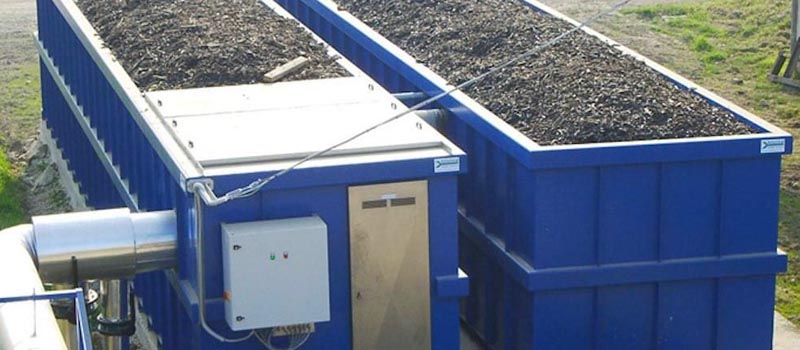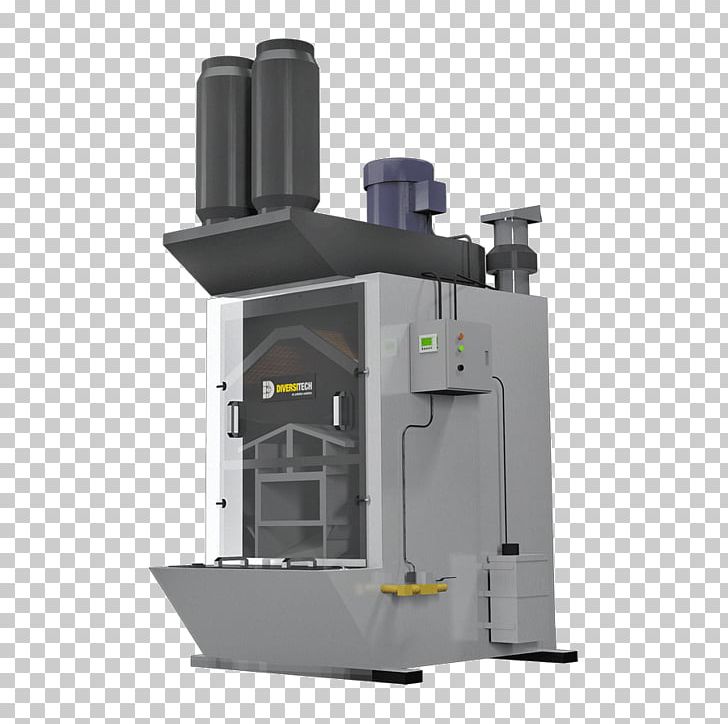Projects Execution Division

Air Pollution Control System
Air pollution is contamination of the indoor or outdoor environment by any chemical, physical or biological agent that modifies the natural characteristics of the atmosphere. Household combustion devices, motor vehicles, industrial facilities and forest fires are common sources of air pollution. Pollutants of major public health concern include particulate matter, carbon monoxide, ozone, nitrogen dioxide and sulfur dioxide. Outdoor and indoor air pollution cause respiratory and other diseases and is an important source of morbidity and mortality.
Scrubbers

Scrubbers are one of the primary devices that control gaseous emissions, especially acid gases. Scrubbers can also be used for heat recovery from hot gases by flue-gas condensation. They are also used for the high flows in solar, PV, or LED processes.
Dust Collector

Dust collector systems work in general by drawing dust and particulates from the air through a filter that first captures and separates the matter, and then discharges purified air back into the workplace or environment.
Air Filters

In the first stage of filtration, the compressed air passes through a tube-shaped mesh filter, which creates a coalescence effect. Here bigger particles are adsorbed on the filter and the water will condense into larger droplets, which can then pass into the separation chamber.
Cyclone

A cyclone is a centrifugal separator in which particles, due to their mass, are pushed to the outer edges as a result of centrifugal force. Incoming air is automatically forced to adopt a fast-revolving spiral movement – the so-called “double vortex”.
Electrostatic Precipitators

Electrostatic Precipitators. Electrostatic precipitators operate on the principle of the attraction of a charged particle for an oppositely charged collector. They have been used for both collecting particles for further analysis and for controlling particulate emissions from sources.
Mist Collectors

Uni mist unit works on basic principle of static filtration. Filters having more surface area are provided to increase the cleaning frequency of filters. These units offers 97.1% filtration efficiency can be extended up to 99% efficiency with clip on high efficiency particulate arrestor (HEPA) filters.
Incinerators

The Incinerator is designed with the primary combustion chamber for burning sludge oil or solid waste, and a secondary combustion chamber for burning out and uncombusted exhaust gases. The primary combustion chamber is equipped with a primary burner.
Catalytic Reactors

A fluidized bed reactor suspends small particles of catalyst by the upward motion of the fluid to be reacted. The fluid is typically a gas with a flow rate high enough to mix the particles without carrying them out of the reactor.
Biofilters

The operating principle of biofiltration is based on the removal and biological oxidation of airborne pollutants. The pollutants are physically removed by the media and biologically oxidized by microorganism’s living in the liquid layer that surrounds the media particles.
